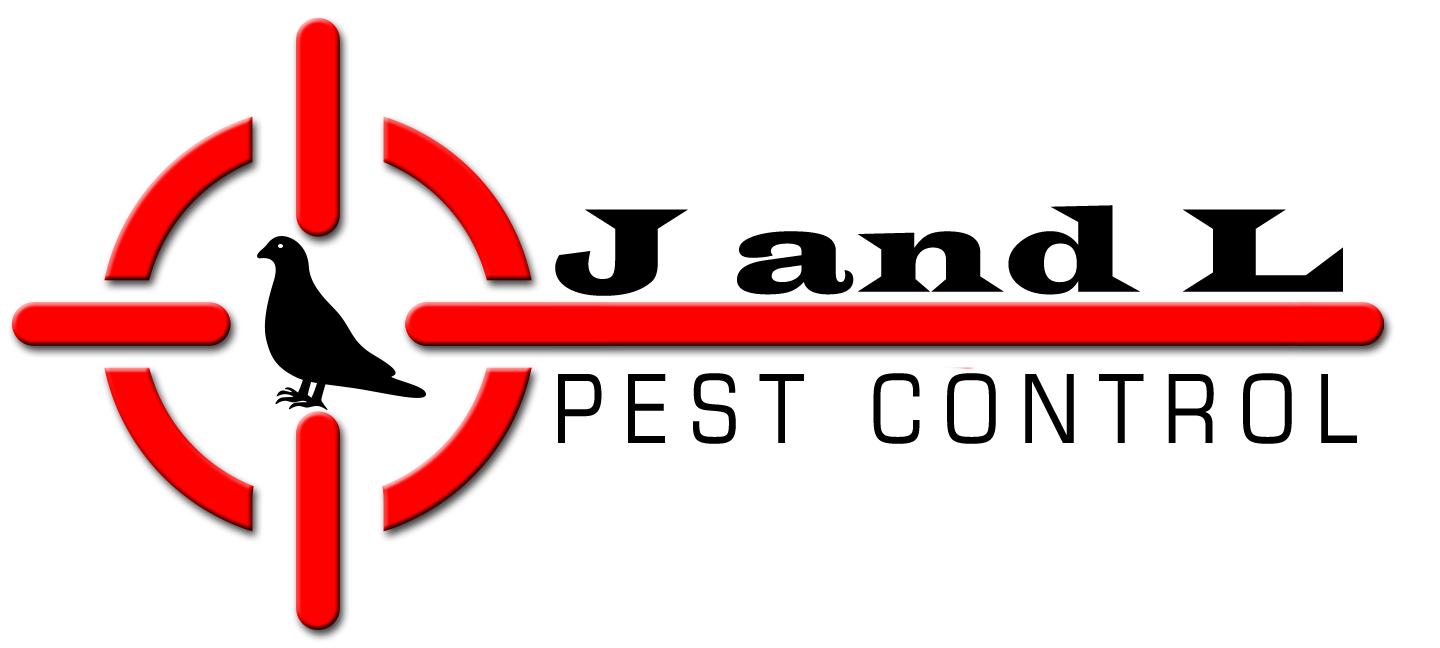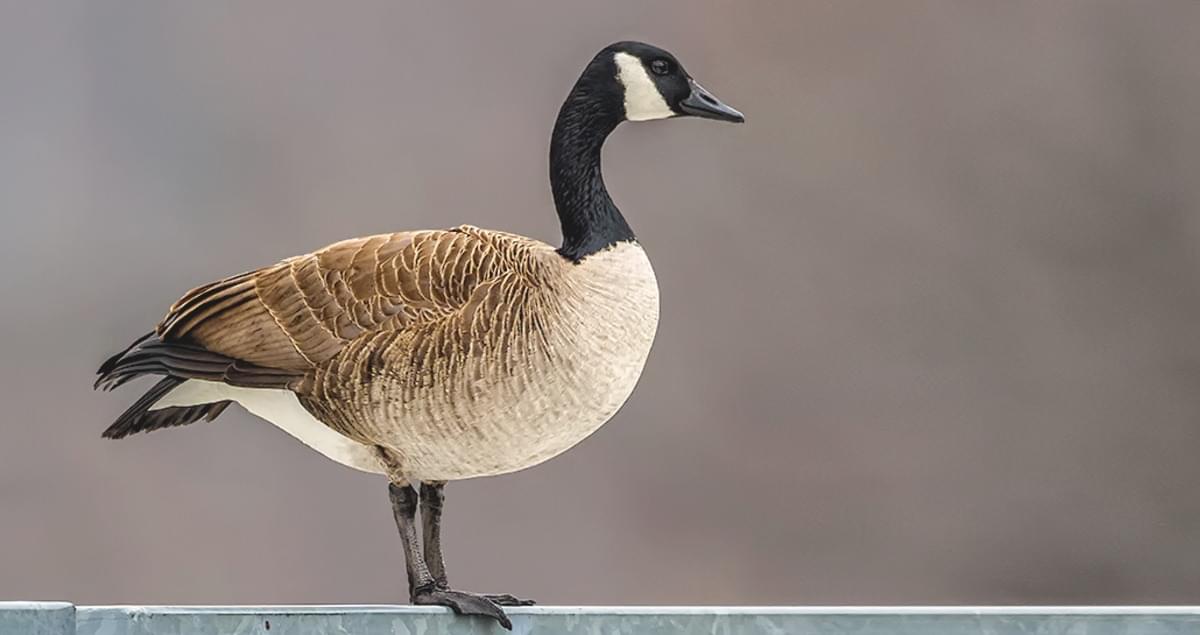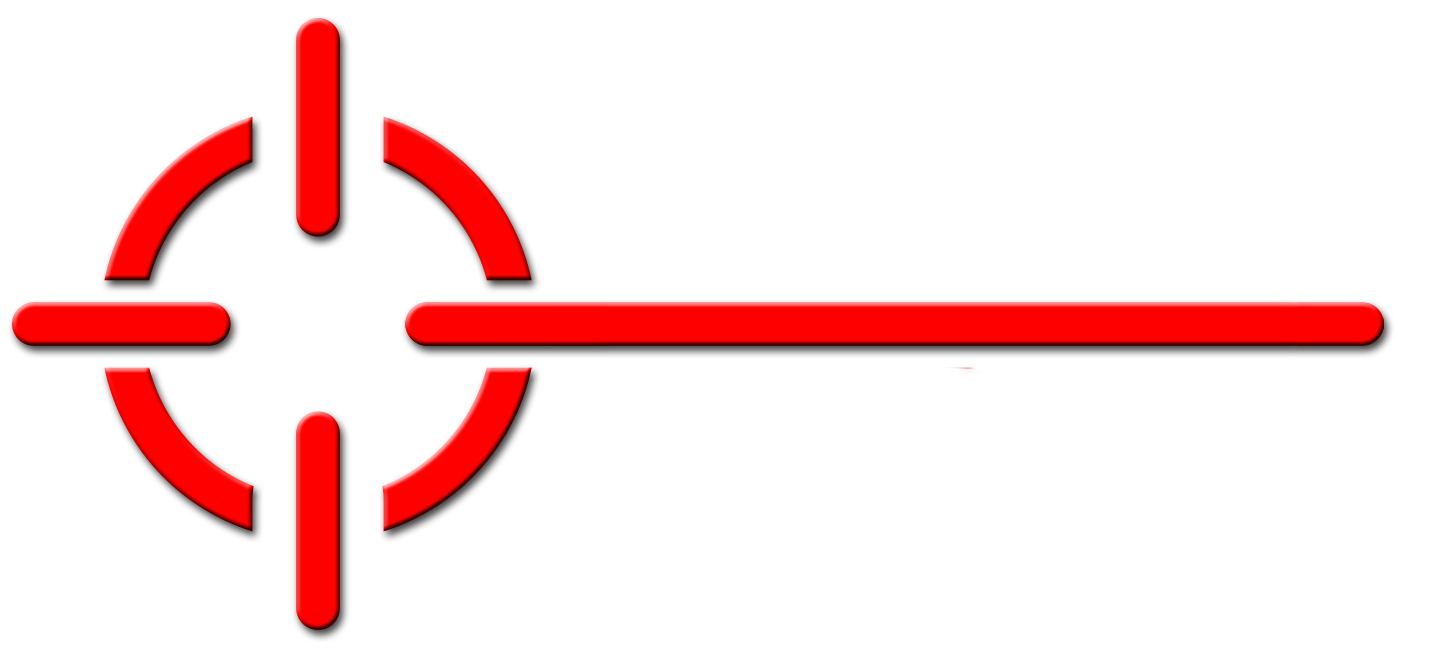
J & L Pest Control is a family owed business that has been practicing Integrated Pest Management (IPM) services since it was founded.
T (631)-605-9919
Email: jandlpestcontrol@gmail.com
J & L Pest Control
1090 Martinstien Ave.
Bay Shore, NY 11706

INTRODUCTION. This is the most widespread and commonly seen goose. In contrast to the other members of this family, which are primarily aquatic, this species is primarily terrestrial. It was once a migratory species but now overwinters wherever food is abundant. It occurs from Alaska and northern Canada south throughout most of Canada and the United States, except for most of the Pacific Coast states.
RECOGNITION. Adults about 22-45" (56-114.3 cm) long. Color typically brownish gray, head and neck black with bright white patch on cheeks, and chin, bill, legs, and feet black, and rump white; with much regional variation in color. Voice of large birds loud, resonant honking, small birds with high-pitched yelping notes.
BIOLOGY. The females lay 4-8 white eggs per clutch. The incubation period is about 28 days. The immatures are feathered upon hatching and can generally feed themselves. They leave the nest in 2-3 weeks. There is 1 brood per year.
HABITS. Canada geese nest at the edges of ponds, lakes, or swamps, on rocks or grass hammocks out in the water, and around buildings near bodies of water, such as apartment buildings. The nest is made of sticks, mosses, and grasses lined with down.
They feed on submerged vegetation, grasses, clover, winter wheat, and waste grain, especially corn. These are the familiar geese which fly in V-shaped formations and give forth their musical honking calls. They breed from Alaska and northern Canada south to California, New Mexico, Oklahoma, Tennessee, and North Carolina. They winter from southeastern Alaska, Utah, Iowa, Pennsylvania, and Maritime Provinces south to Mexico, the Gulf Coast, and Florida. Resident Canada geese are those that once migrated, but no longer do so and now overwinter because food is locally provided by people. Although feeding geese gives many people pleasure, it can result in problems.
Canada geese can be a major nuisance and create serious problems on golf courses, in parks, in residences with large ponds, and similar locations. Such places can become overrun by large numbers of geese that foul the area with their large and numerous drop¬pings. They can also overgraze the grass and wear it to the ground. They may become quite aggressive, especially during breeding.
CONTROL. Canada geese are a federally protected species. There is at least one biological feeding deterrent labeled for geese. It is particularly useful when applied to turf to discourage the birds' presence in certain areas. When applied it makes a once attractive food source unpalatable. It is non-toxic to humans, pets, and wildlife. Its longevity and effectiveness is greatly reduced by heavy rainfall, so reapplication is often necessary. There are also laser guns that can be used to frighten the geese. Trained dogs (primarily border collies) used to harass the geese on a regular basis can be effective. Finally, the use of plastic coyote decoys in areas where hunting, dog harassment, etc. is not practical, has provided control. Such areas include school athletic fields and recreational areas; not practical for golf courses. The decoys must be placed out each morning and removed each night (so they don’t get stolen). It is advisible to prewarn the neighborhood about the decoys to help avoid concerned citizen calls to authorities.
Please call us today for a no obligation free quote for the control of Canada geese on your property.
